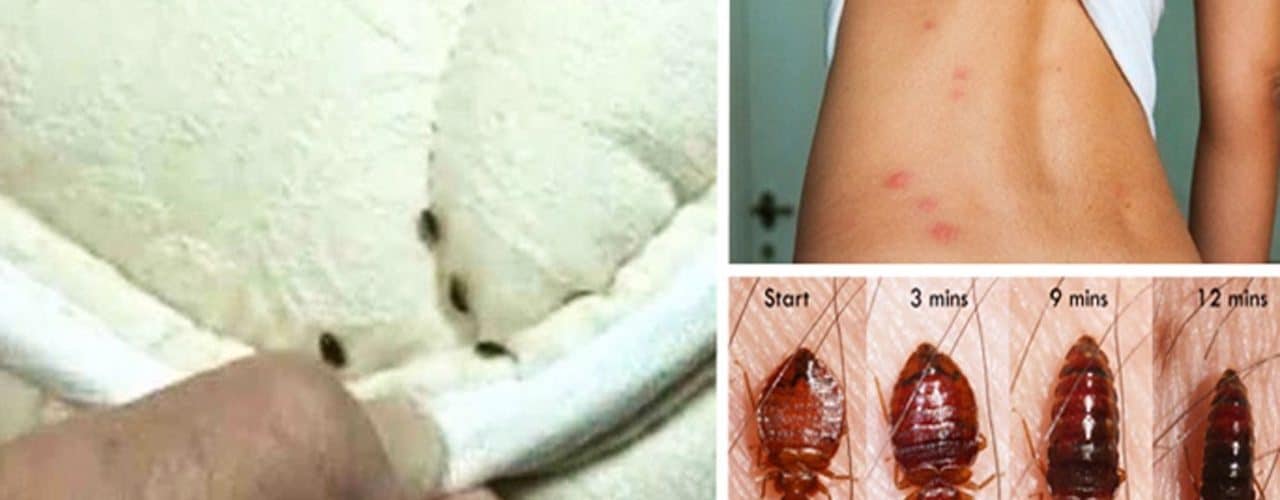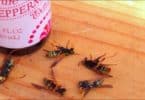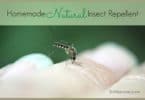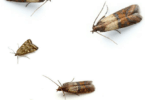Bed bugs are a parasitic insect that survive by feeding on the blood of animals and humans. Their usual habitat are beds or any place that humans may sleep. Bed bugs prefer to feed at night so they are unnoticeable to their host. Although their population was small in the early 1940s they have now become numerous and within reach of epidemic proportion.
The adult bed bug is a wingless insect that is oval, flat and reddish-brown in color. Adult bed bugs can easily be seen since the normal size is 4-5 mm in length and 1.5-3 mm wide. They are not fast movers so they can be noticed fairly easy with the naked eye. The young new nymphs are lighter than the adults and translucent. As they grow they become darker brown.
Bed bugs like to feed at night just before the dawn hours. They will feed during the day also if they have the opportunity. They are attracted to the warmth of humans along with carbon dioxide. They can make their way to a bed by climbing a wall and falling onto the bed or climbing up the legs of the frame. During feeding the bug will use its hollow feeding tubes to stick the skin and one tube will inject saliva which has anesthetics and anticoagulants while the other tube draws out the blood. The bug will feed for about 5 minutes and then return to its hidden area. Due to the anesthetic that is injected into the skin the person will be unaware that the bug is biting them. They will not feel the bite until later when the bitten area will begin to itch. Bed bugs can remain alive for up to 18 months without feeding. They will usually come out of hiding every 5 to 10 days to feed. Bite marks of a bed bug are often seen as a line of 3 red marks. The bite looks similar to a mosquito bite but takes longer to heal and disappear.
When an infestation of bed bugs are noticed a thorough cleaning should be done along with bed bug sprays and dust treatments. A thorough inspection of the bed and room should also be done. You can often see the droppings or bloody spots on the mattress or along the side of it. The adult can sometimes be found hiding in the seams of the mattress along the edges. With a flashlight search along these areas pulling the ribbed seams back. Inspect all cracks and crevices in the head and foot boards along with the side rails and supports. Check wall posters or pictures hanging on walls and cracks or seams in wallpaper. All electrical appliances should also be searched since these bugs like warm areas. Tack strips for wall-to-wall carpeting should also be inspected and all bedding.
To get rid of bed bugs the first step is to strip the bed of all bedding and vacuum the mattress on both sides along with the box spring. Make sure vacuuming is thorough getting into the creases and seams. There are many safe sprays and dust made specifically to eliminate bed bugs. The dust should be applied with a small brush on wall hanging along with the mattress seams and button areas. Use this also in joints of the frame and any cracks or crevices in the room.
There are now mattress encasements that cover the bed that can be used after treatment to ensure that reinfestion does not occur again. For aerosol treatments spray around and beneath the bed. Spray along baseboards and inside furniture after removing drawers but do not spray the insides of the drawers. Spray around windows and where all furniture touches the ground. Do not spray the mattress or furniture that is being used. And an important fact to know is that it is never advised to use a fogger to kill bed bugs. Doing this only scatters the bugs making infestation more difficult to treat. All bedding should be washed with hot water and dried in a dryer. This treatment should be repeated after 10 days and again after 10 more days to eliminate the bed bugs completely.
<>






